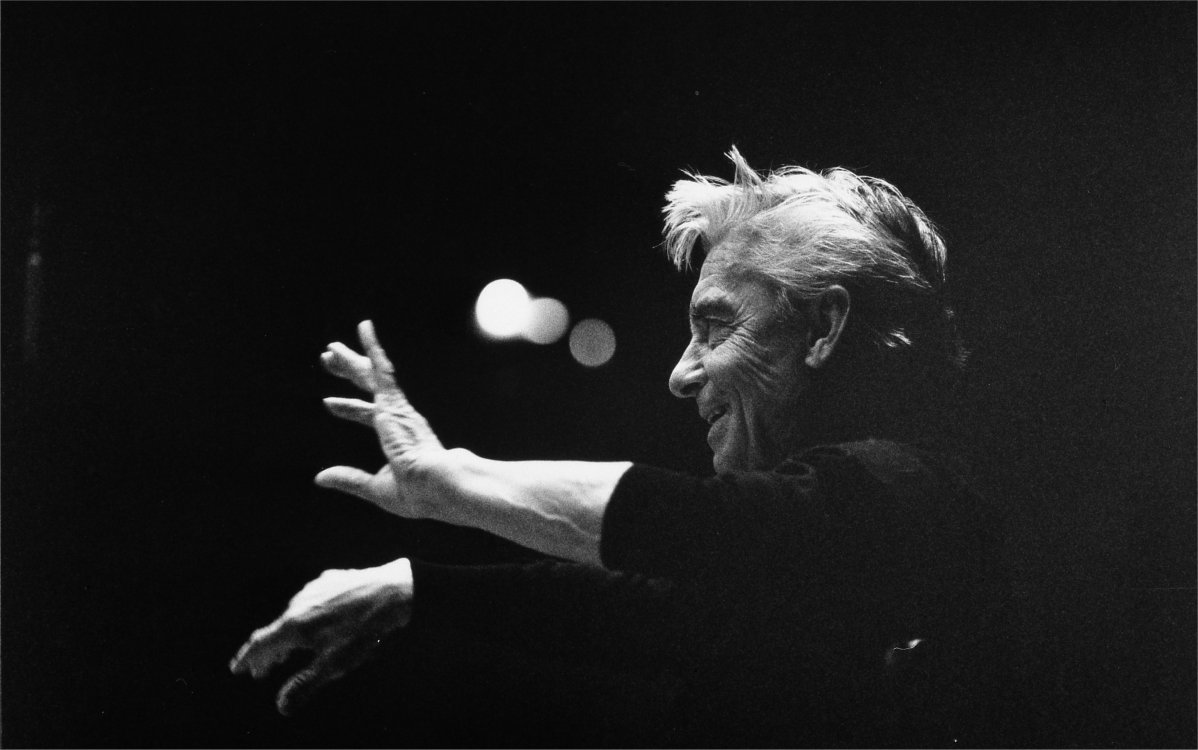The Hand of Karajan
It is not in the stars to hold our destiny but in ourselves.
~ William Shakespeare
Great conductors have a special relationship to the string-player’s bow-arm. Karajan taught this to Ozawa, and both are great masters of it. Karajan infused a great singer’s breath and phrasing into the violinist’s bowing technique. There’s an expressive, singing weight to most of Karajan’s interpretations, and as a student of conducting, I learned much from imitating him. The energy is thick and concentrated, the vision long.
One day after working through a Puccini Opera that I was preparing to conduct, I sat down at the keyboard to practice a couple hours in preparation for an upcoming recital. Suddenly I felt the hand of Karajan guiding my playing, and I began phrasing under the expressive, undulating weight of his baton. This wasn’t the first time I had worked with imitating bowing at the keyboard, but this was quite different – Karajan’s energy is overwhelming and has such lofty vision. From then on, I would often invite Karajan, as well as other legendary conductors, to the piano to lead me through the pieces I was studying.
Masterful bowing requires the same three basic types of physical energy that piano-playing does – Speed, Weight and Compression {see Essay below} – but weight seems to be more of a constant because the bow has to cleave to the string and sink into to it to make it vibrate. A minimum of weight is always there and it constantly varies according to the musical line. The points of greater emphasis require greater weight and the points of lesser energy less.
As always, it’s best to experience it with your own two arms, so play through the first page of the Prelude with the feeling of constant weight in your forearms and fingertips. Don’t lock your wrist or elbow. And don’t worry about phrasing – just be aware of a constant weight like someone standing next to you pushing lightly down on your forearm or hand.
It’s important to understand that this is different from using a simple weighted attack, or group of weighted attacks, because there’s no relief in between them to regroup and drop the weight anew. It just stays there and floats forward.
At first you may feel like your fingers are expending too much energy. Don’t put too much weight in, just enough to give you a constant presence of weight.
Once you become comfortable with the technique of playing with a long, never-ending bow, start from the beginning and shape the phrase according to the Red and Royal Blue Energy Pillars. Make a crescendo into the Pillars and diminuendo out of them, increasing and decreasing the weight respectively.
Now back away from yourself and begin again, imagining the Hand of Karajan next to you, expressively leading you and shaping phrases. Don’t lead – follow. Let Karajan play you; let it play.
Try it a few times until you become comfortable. Now let him rehearse you as an orchestra. He’ll work through the other energy levels, separating and combining them as with the other filters. Soon you’ll be feeling the sound of Karajan’s Vienna Philharmonic flowing out of your fingers.
Consider Leonard Bernstein as your next Guest Conductor.

